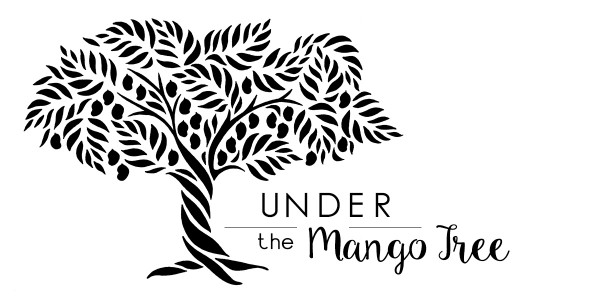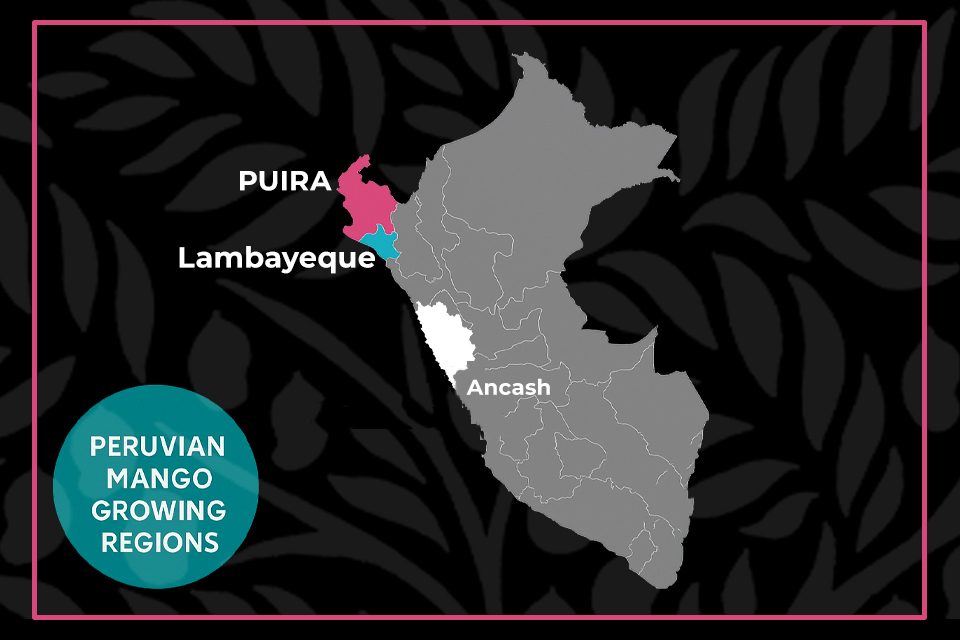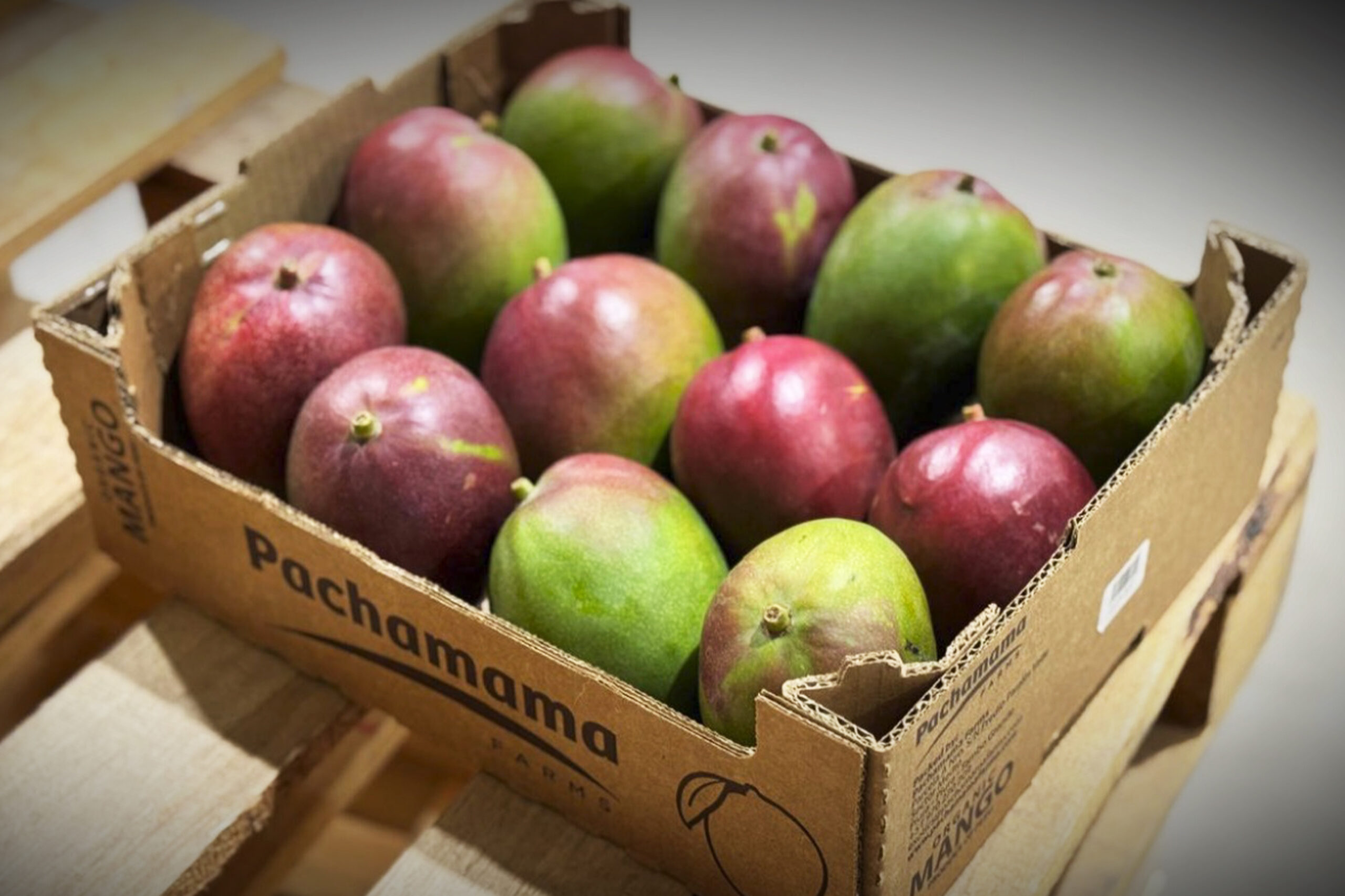Peruvian Mango Season Begins
I’m (somewhat) sorry I haven’t been as consistent with my Crop Reports lately — Vietnam and everything else pulled me out of my usual rhythm. But I’m back at my desk full-time now and easing into my regular weekly reports as I reconnect with folks in both Peru and the U.S. I’ll also have regular Mexican updates for you soon, too. Expect a few off-season interviews as well, as part of the broader expansion of my Under the Mango Tree work. But for now lets jump in on the Peruvian action and see if there is any new information or energy I can add to the chatter.
The Peruvian season is officially underway. The first air shipments left around the start of October, with the first container loads following shortly after. Those vessels are now arriving in the U.S., marking the true beginning of Peru’s mango chapter this year.
This year’s peak season timing and length has been difficult to pin down—depending on who you ask, it’s been described as early, late, or right on time. Long peak, short peak—everyone’s got a version. Many are calling it “normal,” though considering how unpredictable recent seasons have been, that comparison doesn’t offer much clarity or realistic expectation. Still, there’s a lot of optimism, and as I always say, that’s a great way to approach any season.
What is clear is that overall volume will be lower. Light volumes will steadily increase as the weeks progress but early estimates suggest a 15% year-over-year decline, with some voices putting it closer to 20%. Blooming was erratic and uneven, leading some to predict a sharp peak in January followed by more conservative volumes after. Others, however, anticipate a steadier, more extended (lower)flow—so even the pace of the season remains up for debate.
Organic volumes, as often is the case when weather and bloom misalign, are expected to be lighter this season. Without access to the chemical bloom inducers that the conventional industry relies on, organic growers depend on the cooperation of nature—and this season, like the several before, nature wasn’t particularly generous.
There will be considerable added pressure on the US marketplace this year in organics, driven by several intersecting factors. European demand is especially strong, with higher pricing pulling a significant portion of export-quality fruit toward that market. At the same time, the lingering effects of several challenging thin seasons, processors (IQF, dried, freeze-dried) are moving early to secure fruit so they can meet production schedules and keep customers. Net effect: tighter fresh availability, tougher timing, and premiums for fruit that hits spec.
One point of consensus is that the fruit itself looks exceptional in quality. But when it comes to sizing, the information is mixed. Some government officials are describing it as a “premium market” size profile—though without specific counts, that may be a subjective observation. Others suggest the crop will skew larger overall, with bigger fruit dominating and potential shortages in the more desirable 9-, 10-, and 12-count sizes.
As my longtime friend and industry colleague Ami (Amichai Roszenfeld, Cofounder & CEO of Pachamama Farms in Peru)—whom I’ve known since my early days working in organic tomatoes and peppers—put it, “It’s shaping up to be one of those smaller, more concentrated but beautiful seasons, where volumes may tighten, but the fruit quality is exceptional.” In years like this, the trees seem to put their energy into fewer fruits, resulting in cleaner skin, deeper color, and richer, more concentrated flavor.
And that’s how it often goes with mangoes—these days, the fruits of labor are harder earned.
Pachamama Farms Pachamama Farms is dedicated to research, development, producing, packing and exporting high quality exotic fruits and vegetables from Perú.




